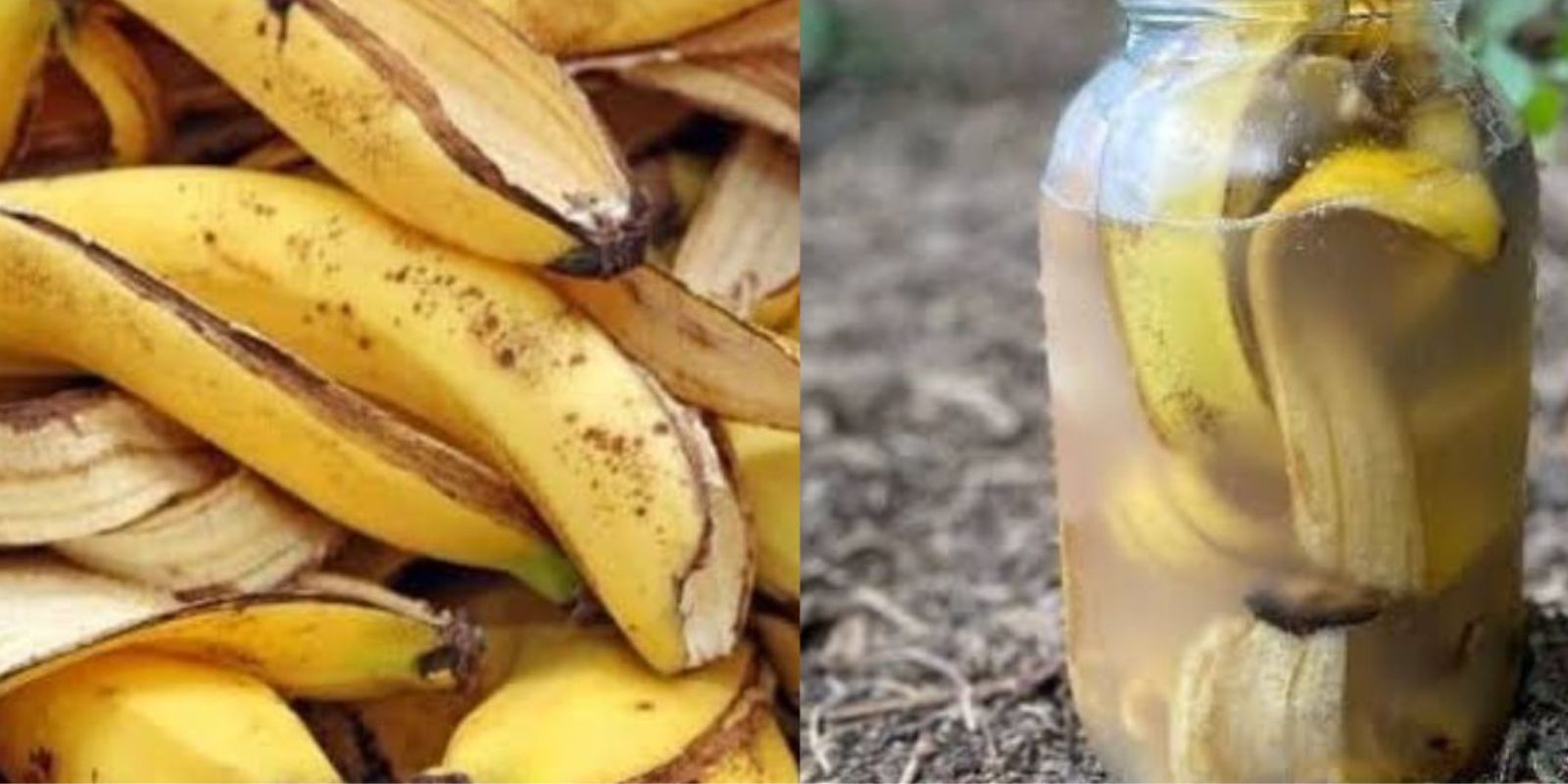Banana peels are a common household waste item, but did you know they hold the key to healthier plants and abundant blooms? Packed with essential nutrients like potassium, phosphorus, and calcium, banana peels can be transformed into a natural fertilizer that not only enriches your soil but also reduces kitchen waste. This eco-friendly solution is a win-win for gardeners and the environment. In this guide, you’ll learn how to make and use banana peel fertilizer to give your garden the organic boost it deserves.
Why Banana Peel Fertilizer?
Banana peels are an often-overlooked gardening gem. Here’s why they work so well as a fertilizer:
- Potassium: Enhances root development and improves plant resistance to pests and diseases.
- Phosphorus: Encourages blooming and fruiting, making it essential for flowering plants.
- Calcium: Strengthens plant cell walls, promoting healthy growth.
- Eco-Friendly: Reduces kitchen waste by repurposing it into a sustainable gardening resource.
By harnessing the nutrients in banana peels, you can create a homemade fertilizer that rivals store-bought products without the harmful chemicals.
How to Make Banana Peel Fertilizer
Materials You’ll Need:
- Ripe banana peels
- A glass jar with a lid
- Water
- A strainer
- A container for storage
Step-by-Step Process
1. Collect and Prepare the Peels
Start by gathering ripe banana peels. Chop them into smaller pieces to increase the surface area for fermentation.
2. Soak the Peels
Place the chopped peels in a jar and fill it with water, ensuring the peels are fully submerged.
3. Ferment the Mixture
Seal the jar and store it in a cool, dark place for about one week. During this time, the water will absorb nutrients from the banana peels.
4. Strain the Liquid
After a week, strain the liquid into another container. Discard the leftover peels in your compost pile or bury them in your garden for additional benefits.
5. Dilute the Fertilizer
The liquid fertilizer is highly concentrated. Mix one part of the banana peel liquid with five parts water before using it on your plants.
How to Use Banana Peel Fertilizer
- Soil Application: Pour the diluted fertilizer around the base of your plants. This allows the roots to absorb nutrients directly.
- Foliar Spray: Use the mixture in a spray bottle to mist your plants’ leaves, giving them a quick nutrient boost.
- Compost Enhancer: Add the remaining banana peels to your compost pile for an extra kick of nutrients.
Plants That Benefit the Most
While banana peel fertilizer can benefit almost any plant, some thrive exceptionally well with its nutrient profile:
- Tomatoes: Potassium-rich fertilizer encourages larger, juicier tomatoes.
- Roses: Promotes vibrant blooms and healthy foliage.
- Cucumbers and Squash: Supports fruit development and improves plant vigor.
- Houseplants: Enhances overall health and growth.
Tips for Success
- Avoid Over-fertilizing: Too much of any fertilizer can harm plants. Use banana peel fertilizer every 2-3 weeks.
- Combine with Other Organic Fertilizers: Pair with compost or fish emulsion for a balanced nutrient supply.
- Store Properly: Keep the fertilizer in a cool place and use it within a month to avoid spoilage.
- Use Fresh Peels: Avoid using banana peels that have been treated with pesticides.
Why Choose Homemade Fertilizer Over Commercial Products?
Homemade banana peel fertilizer is free of synthetic chemicals, making it safer for your plants, the soil, and the environment. It’s cost-effective, easy to make, and promotes sustainable gardening practices by reducing waste.
Common Questions
1. Does it smell bad?
The fermentation process may produce a mild odor, but it dissipates once diluted and applied.
2. Can I use other kitchen scraps?
Yes! You can mix banana peels with other organic materials like eggshells or coffee grounds for a nutrient-packed solution.
3. Is it safe for all plants?
Most plants benefit from banana peel fertilizer, but avoid overuse on succulents or plants that prefer low-nutrient soils.
The Environmental Impact of Using Banana Peel Fertilizer
By repurposing banana peels, you’re contributing to a circular economy that reduces food waste and lowers your carbon footprint. Additionally, you’re helping to eliminate the need for chemical-based fertilizers, which can harm the environment and local ecosystems.
Conclusion
Making and using banana peel fertilizer is a simple, sustainable way to nourish your plants while reducing waste. This natural, nutrient-rich solution is perfect for any gardener looking to embrace eco-friendly practices.
Have you tried making banana peel fertilizer? Share your experience or favorite gardening hacks in the comments below!

